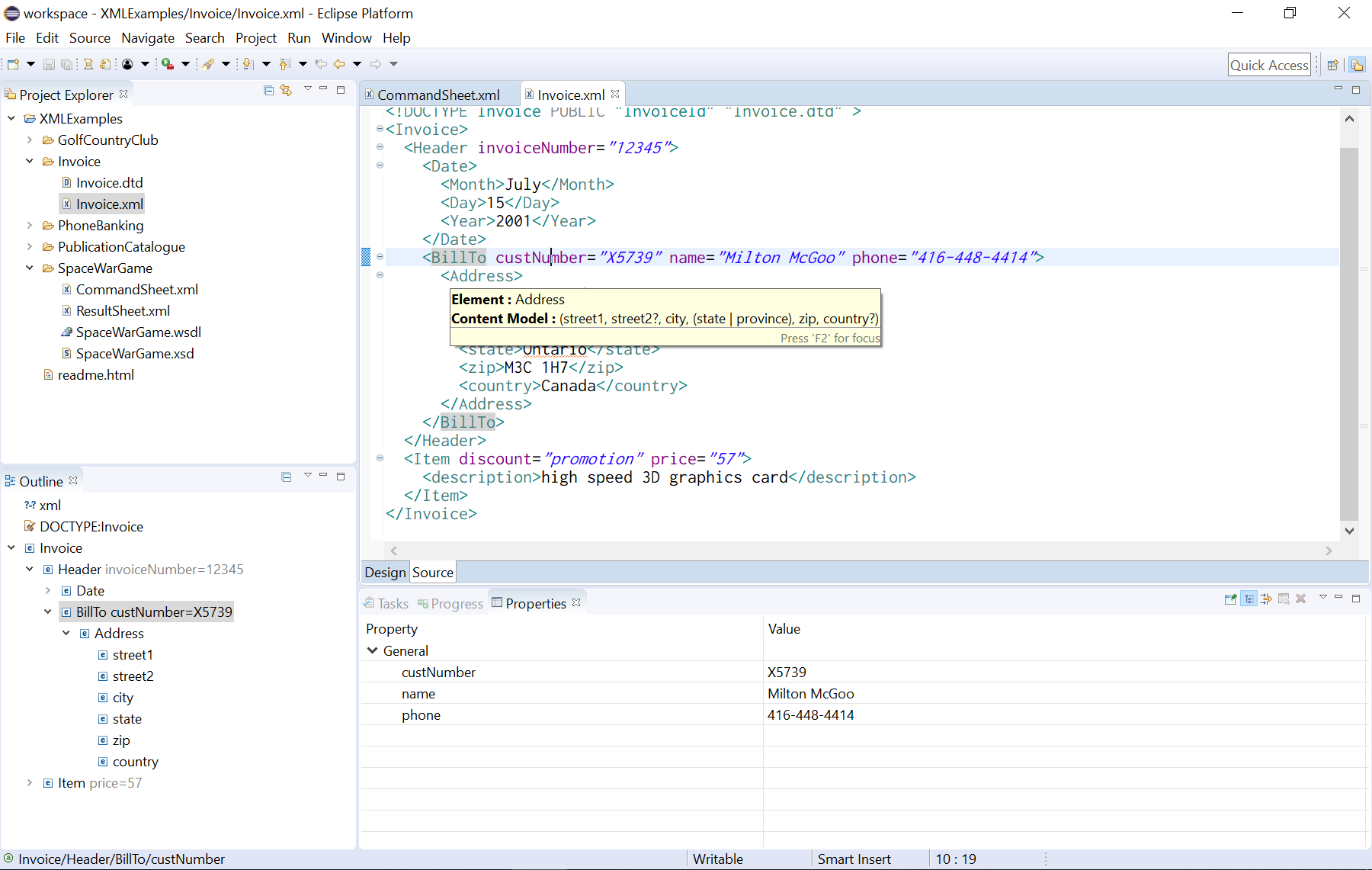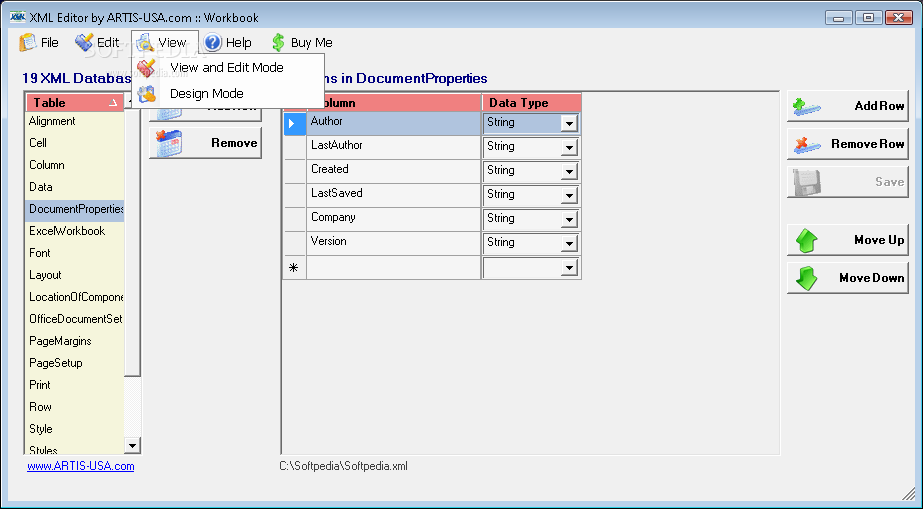
- #Xml viewer for windows how to
- #Xml viewer for windows update
- #Xml viewer for windows software
- #Xml viewer for windows Pc
- #Xml viewer for windows free
#Xml viewer for windows free
The Free XML Viewer is a powerful device, though small in size.

There is no need of any additional specifications.
#Xml viewer for windows Pc
All that the users require is a PC or laptop that runs on Windows OS. Once it is downloaded, it can be used for as long as there is a need. There are no hidden charges or trail versions. It has many interesting features which makes it one of the better known products.
#Xml viewer for windows software
Ideal for software developers, this freeware can prove to be very handy for a number of purposes. Apart from this, they can even edit, format and validate them in just a few minutes. It enables them to load such files, open them and view them without any intermittence. Until then, peace.All those users who wish to access the content of XML files can do so with the help of the Free XML Viewer. If you have any questions, send email to me at or post your questions on the Official Scripting Guys Forum. I invite you to follow me on Twitter and Facebook. Event Log Week will continue tomorrow when I will talk about some really cool stuff. New-Object -TypeName psobject -Property is all there is to using XML to return event log data from a single node. New-Object -TypeName psobject -Property I run the script, the following output appears: Now, I want to return an object, so I use the New-Object cmdlet to create an object that contains the time stamp and the name of the update. I should also say that using the grave accent character ( ` ) does not work for this. Note Because the #text property begins with a pound sign, I have to put quotation marks around it otherwise, Windows PowerShell views it as the comment character.
#Xml viewer for windows update
I store the update title (from the #text property) in a variable I call $ud. I found this whilst playing around with Get-Member and exploring the returned objects from the various commands.

I then pipe the node to the Select-Object cmdlet, and I expand the #text property. When trying to find out what I need to use, I refer to the XML view of the event log entry in the Event Viewer as shown here: When I have an XML document, I call the SelectSingleNode method, and I retrieve the node. $systemEvents = Get-WinEvent -FilterXml $query I store the time the event was created, and I convert the event log entry to XML by calling the toxml method. To do this, I use a Foreach loop to walk through the events. I now need to search all of the matching Windows Update events that I stored in the $systemEvents variable and look for the name of the updates. $systemEvents = Get-WinEvent -FilterXml $query Search the matching events I will also store the resulting events in a variable I call $systemEvents. $query = (Level=4 or Level=0) and Task = 1Īnd I need to use the –FilterXML parameter of the Get-WinEvent cmdlet to perform the actual query. The results of this operation are shown here: In fact, it was as simple as clicking the boxes in the Event Viewer, and then switching to XML. I did not have to do too much to this query. Note For more information about this technique, refer to Data Mine the Windows Event Log by Using PowerShell and XML.

I am using a FilterXML query to retrieve Windows Update events from the system event log. Obviously the first thing to do is to develop the query. My approach is relatively straightforward. Most of the stuff you see floating around on the Internet takes a long way around, and it ends up doing all sorts of contorted stuff. This is huge, because more event log entries are storing more information in the message portion.
#Xml viewer for windows how to
The second reason this post is important is because I also show you how to use XML to retrieve a specific node from the event data portion of the event log entry. In and of itself, this is a very valuable skill to develop because it generates huge performance increases. Not too big of a deal because I did that yesterday-at least, I used XML to filter the event log.

The first reason is that I show how to use an XML filter to retrieve Windows event log entries that are written by the Windows Update. In fact, today’s blog post is pretty important for several reasons. This is usually the result of playing around with Windows PowerShell on the weekend, and trying different things until I come up with something I think is cool. Sometimes I come up with a solution, and then I go looking for a problem to fix. Microsoft Scripting Guy, Ed Wilson, is here. Summary: Learn how to use XML and Windows PowerShell to parse the Windows system event log for Windows updates.


 0 kommentar(er)
0 kommentar(er)
